Homeschooling stays as pandemic keeps shaking up Vermont families' school choices
Essex resident Katina Barnier chose to homeschool her three kids last school year due to safety concerns and the unknowns of COVID-19. This school year, the kids went back to public school.
"Last years homeschooling was 100% difficult being the mom, the teacher and working full time," she wrote in an email.
Since the pandemic began, families have exercised more choice about how their kids will learn, sometimes from one year to the next. Trends over the last two years show a rise in homeschooling and independent schooling, especially in the 2020-21 school year. And, with many choosing remote school last year, families may be more willing to try different types of schooling a year at a time to discover what works best.
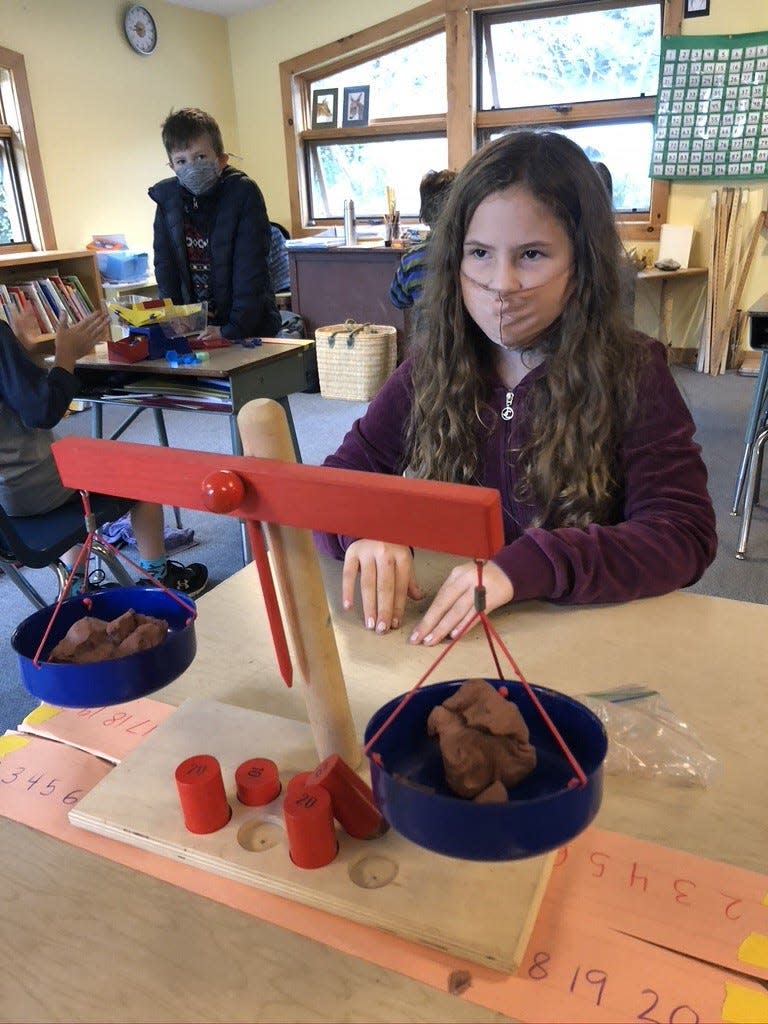
Here is a look at the trends across the Vermont educational system from the past two years.
Vermont public school enrollment shows decline
Before the pandemic, Vermont's public school enrollment was 83,309 in the 2019-20 school year. Vermont's public school enrollment has been shrinking for decades, including a decline of 450 students just before the pandemic. In the school year after the pandemic hit, the student population declined by 4,381, or about 5%.
This school year's enrollment data isn't available yet, even though schools started reporting their enrollment figures to the Agency of Education at the beginning of October. Final numbers may not be available until January.
There are some clues, however, that indicate this school year's public school enrollment numbers may have recovered somewhat when compared to last year.
The superintendent of Montpelier-Roxbury Schools, Libby Bonesteel, saw significantly more families choosing homeschool last year and had approximately 1/3 of her students engaging in virtual learning. This year, her homestudy numbers are still higher than average but many have come back to in-person instruction.
Nearly all of last year's remote learners are back in the classroom, as online classes are no longer offered through the public school system, but some could have switched to homeschooling to continue learning remotely.

She said families with greater resources were ones who were able to choose home study or private school, and those who had students who do well academically but were worried about COVID exposure were generally the ones who opted for virtual learning.
"The families who have turned to home study in response to COVID will most likely return to in person school, although whether that is private or public is yet to be seen," she wrote in an email.
Bonesteel thought virtual learning still had a way to go before it could replicate the types of experiences that schools offer in addition to academics: relationship building, conflict resolution, collaboration and problem solving with others, for instance.
She believes public school enrollment will even out over time.
Homeschool continues to have higher than normal enrollment
Homeschool has become a more attractive option during the pandemic, in some cases enabled by a parent's ability to work from home. It also staves off disruptions that being exposed to the virus at school can cause, and provides safety with limited outside exposure.
Prior to the pandemic, homestudy enrollment in Vermont hovered around the 2,600 mark. But, it more than doubled last school year. So far this year, the number is higher than non-pandemic years – at 3,643 – but hasn't approached last year's apex.
Essex mom Katina Barnier felt choosing homeschool last year was the best choice given all the unknowns. After a challenging year making it all work, she decided to have her kids go back to public school for this school year.
"I really thought with the covid vaccinations and safety protocols at school my kids would be safe going back," she wrote in an email. She also didn't want to deprive her oldest of her first year at Thomas Fleming School, a fourth- and fifth-grade only school, and her youngest daughter's entry into school as a kindergartener.
"They deserve to have those special memories. They deserve to be with their friends and have relationships with their amazing teachers," Barnier said.
Missing out on social opportunities is the main reason Brownington resident Mica Collier switched one of her three kids back to public school after homeschooling last year.
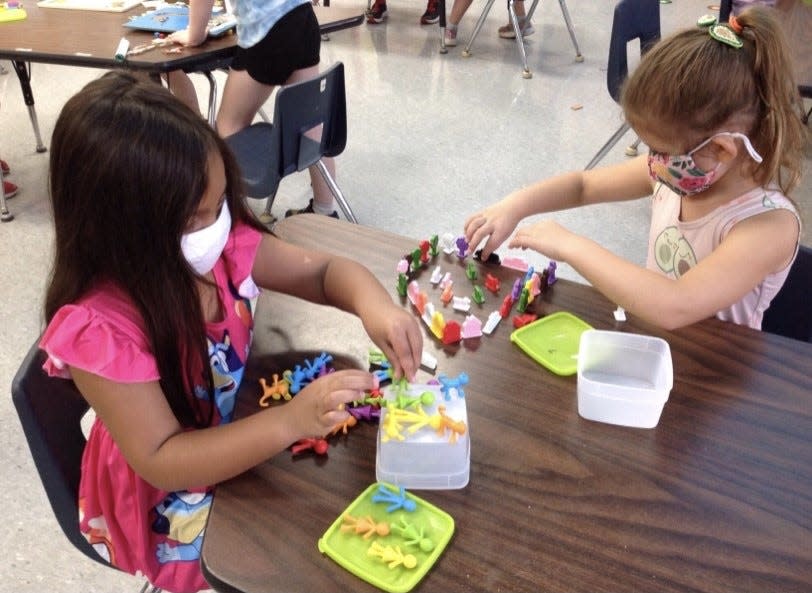
"My oldest was suffering from depression and we actually returned her to school the last semester of school last year so she could graduate 8th grade with her classmates," Collier wrote in an email. She, like Barnier, found it challenging to keep up with homeschooling multiple kids given other constraints.
"Homeschooling was something I desperately wanted to continue doing but I became overwhelmed and other things came up as well," she said.
So far, the families stand by their decision to go from public school to homeschool to public school again, but for Barnier what was expected to be an easier year hasn't been the case.
"I won't say it's been totally easy to have to figure out my work schedule when I get a phone call saying my kiddo needs to quarantine for the next week," she wrote. "That's something we didn't have to deal with when homeschooling."
Independent schools gain new families
It's difficult to know just how many families have turned to private, independent schools during the pandemic because the reporting of enrollment to the Agency of Education has been spotty. However, schools the Free Press talked to have seen increased interest from new families.
Rice Memorial School, Mater Christi and Saint Francis Xavier School, all Catholic schools, have gained 37, 23, and 15 students, respectively. The increase over two school years accounts for roughly 10% more students in each case. Mater Christi and Saint Francis, both serving preschool through 8th grade, capped enrollment to preserve student to faculty ratios.
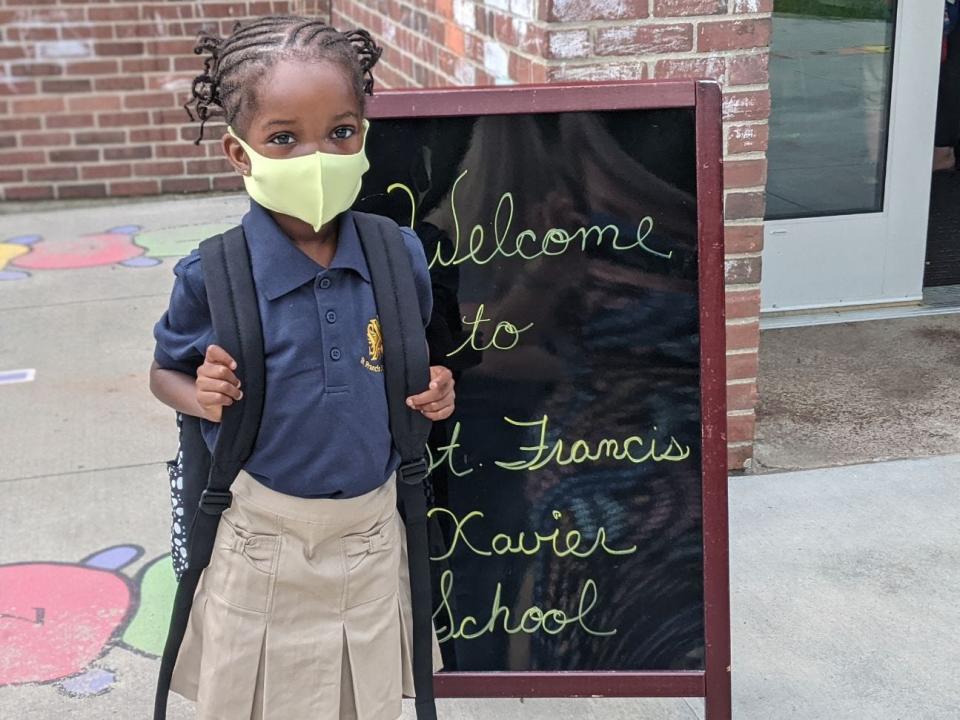
Though the numbers have trended upward overall there has been great fluctuation. Some independent schools experienced a significant dip in enrollment as the last school year was beginning. Rice had 41 fewer students beginning fall 2020 when compared to the previous year, but by school year's end, it had gained back 37.
Craig Hill, principal of Saint Francis Xavier, attributed the initial loss at his school to the uncertainty families were feeling. Once it was clear that public schools would use remote learning and hybrid formats, while Saint Francis Xavier would continue with full in-person learning, interest surged, he said.
Lake Champlain Waldorf School in Shelburne was similarly affected. Amy Brennan, director of enrollment, said the school initially lost nearly half of their students — dipping from 195 to just above 100 — due to fears and economic hardship. But, after building new desks to facilitate outdoor learning, a new crop of families came on board.
"Last year we had 55 new students join our school, and this year, so far, we have added 70 new students," she said. And, the school is still getting inquiries at much higher rates than previous years. The school has managed to attract families who moved to Vermont to escape the effects of the pandemic elsewhere, drawing attendance from those who previously lived in California, Colorado, Texas, Massachusetts and New York.
Work for home and moving: We heard about pandemic migration to Vermont. New research shows where people went.

Independent schools said former public school families chose them for reasons involving academics, safety and schedule consistency.
Brennan summed up what all of the schools said they heard from their public school families — "the pandemic gave parents an up-close experience of what and how their children were learning, and many were dissatisfied with what they saw," she wrote, referring to the response families had to the few months of remote learning during spring 2020. "They sought out alternative schools when they witnessed their children's lack of engagement or struggle with a mainstream approach."
Between last school year and this one, the retention of new students remained higher than normal, according to the schools. And new families have diversified the school community, which schools say is a positive outcome.
"Just over half of our students are Catholic this year compared to nearly two-thirds. Twenty percent are non-caucasian. And, the number of international students has tripled," wrote Rice Principal Lisa Lorenz.
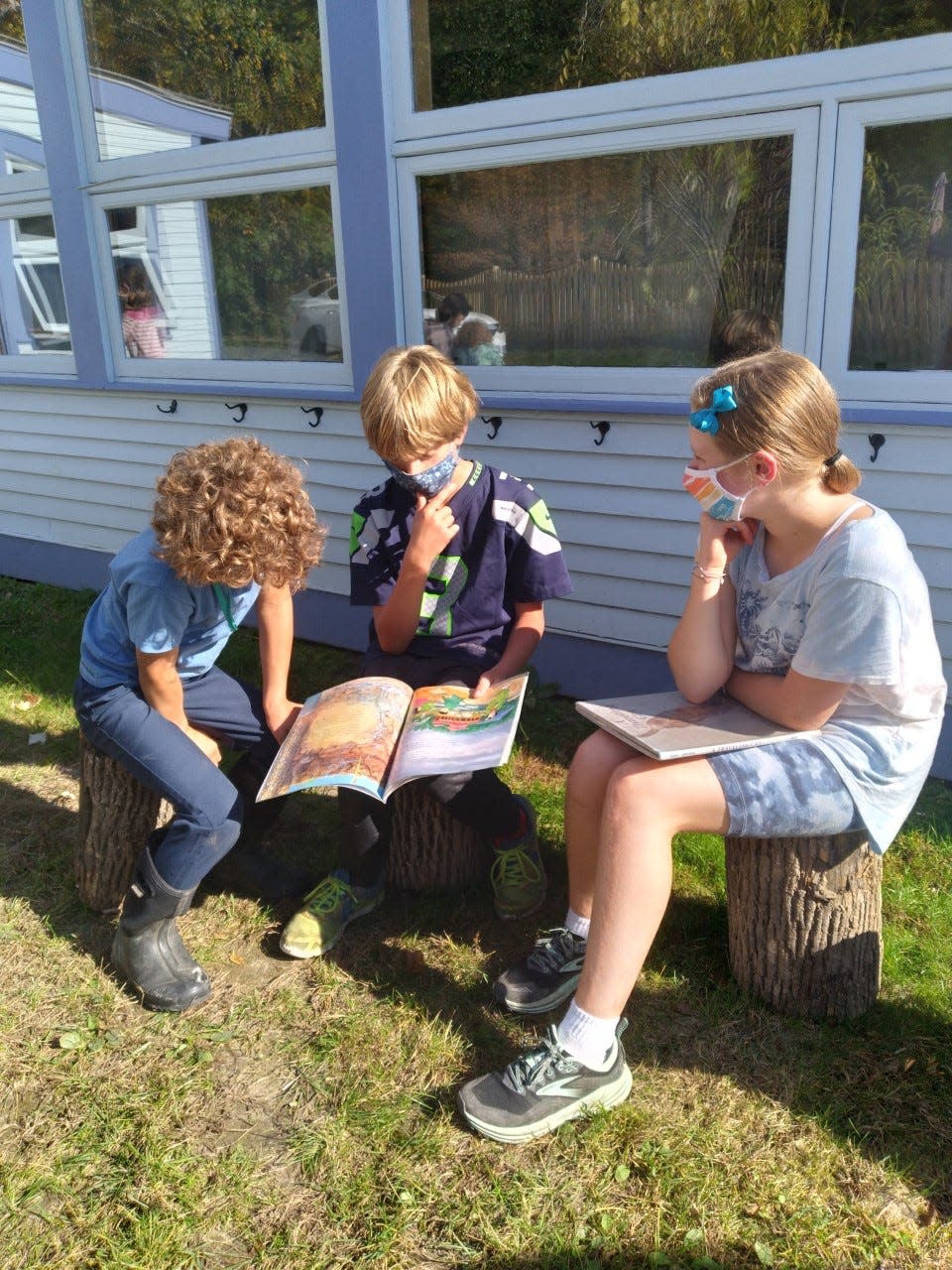
Brennan said their school is comprised of a higher percentage of students who have tried other school environments, rather than families who sought out a Waldorf education from the outset.
"We have had a surprising amount of interest from new families wishing to enroll in middle school, which is not generally a time families make a change in their child's school setting," Hill said about new Saint Francis Xavier students.
Remote school tries to find footing
Remote school attendance dipped drastically from last year because public schools aren’t able to offer it as an option this year due to the ending of the state of emergency. But families are still asking for it.
For the last 12 years the Vermont Virtual Learning Cooperative has offered primarily one-off courses to Vermont students in school districts that have also provided teachers to teach virtual courses, serving about 1,000 students across the state. Last year the Agency of Education endorsed the use of the service which created a framework for full-time study for students preferring a remote school. Around 2,200 Vermont students enrolled in VTVLC's program.
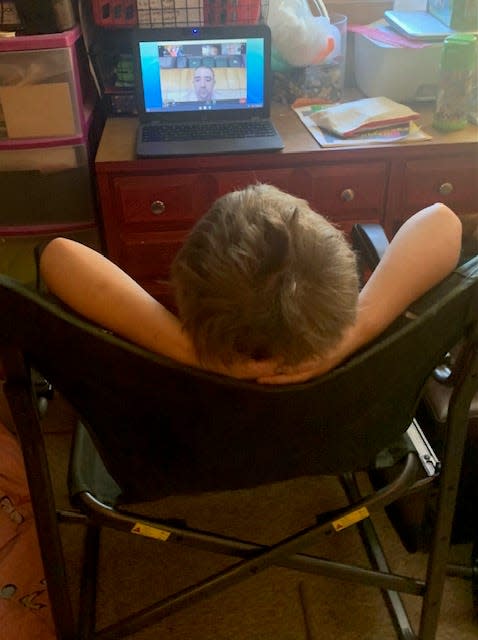
This year’s limitations have resulted in 150 full-time students enrolling, with 15-20% of them homeschoolers. The public school students had to demonstrate a specific need for remote school. Many are special needs students, are immunocompromised or have a social anxiety diagnosis.
Some districts created their own in-house virtual learning academies instead of utilizing the VTVLC program for the last academic year. Renard said those programs strained teachers and districts new to educating virtually.
Some kids thrived in remote learning:: Their parents look for options as in-person class resumes.

Director Jeff Renard expects the need for full-time remote learning to continue to increase and believes the cooperative partnership model could be the answer. "If everyone goes it alone, and schools work in isolation, then the students lose the opportunity to benefit from the amazing learning opportunities that happen across our great state," he said.
The pandemic has opened parents' eyes to what educational models are out there, prompting some to exercise a degree of choice they hadn't utilized before.
Contact reporter April Barton at abarton@freepressmedia.com or 802-660-1854. Follow her on Twitter @aprildbarton.
This article originally appeared on Burlington Free Press: COVID still affects Vermont school enrollment trends

